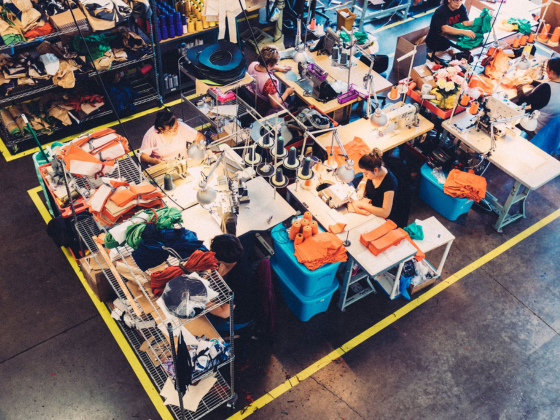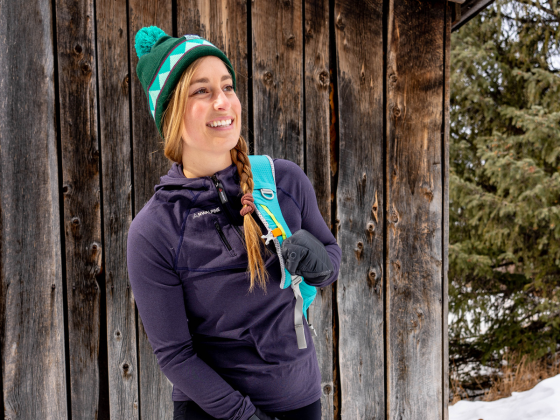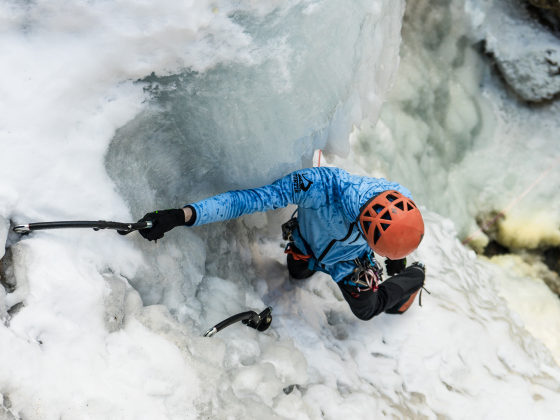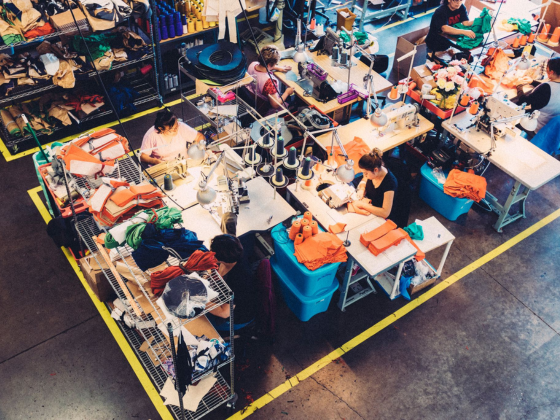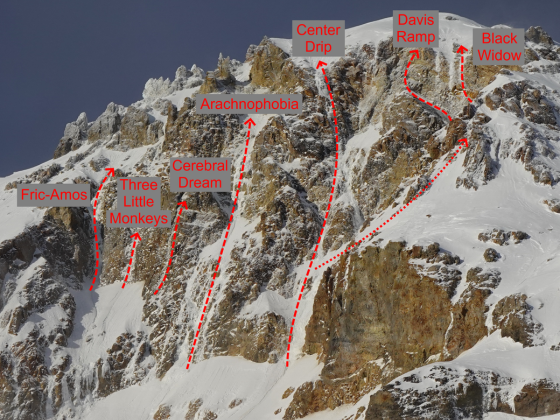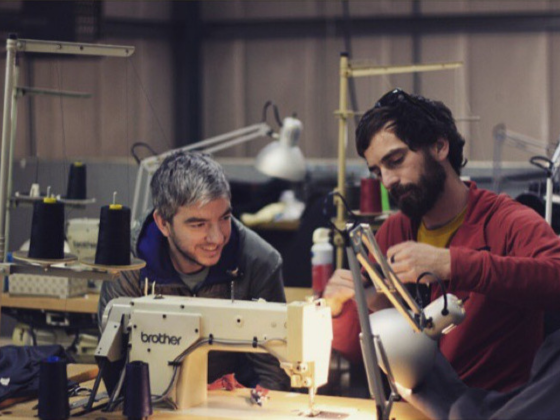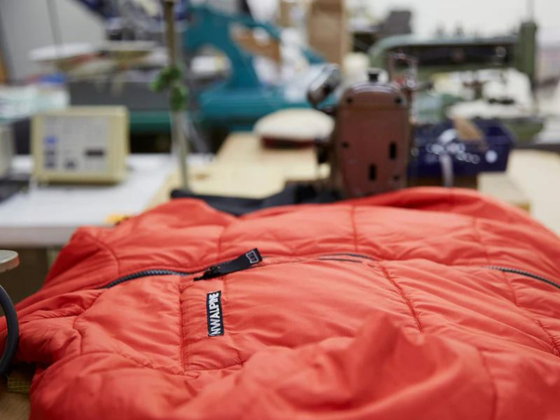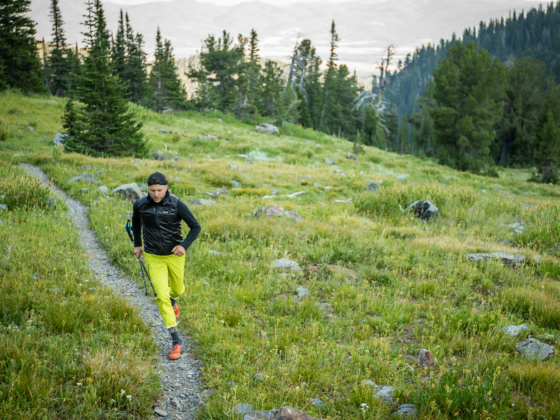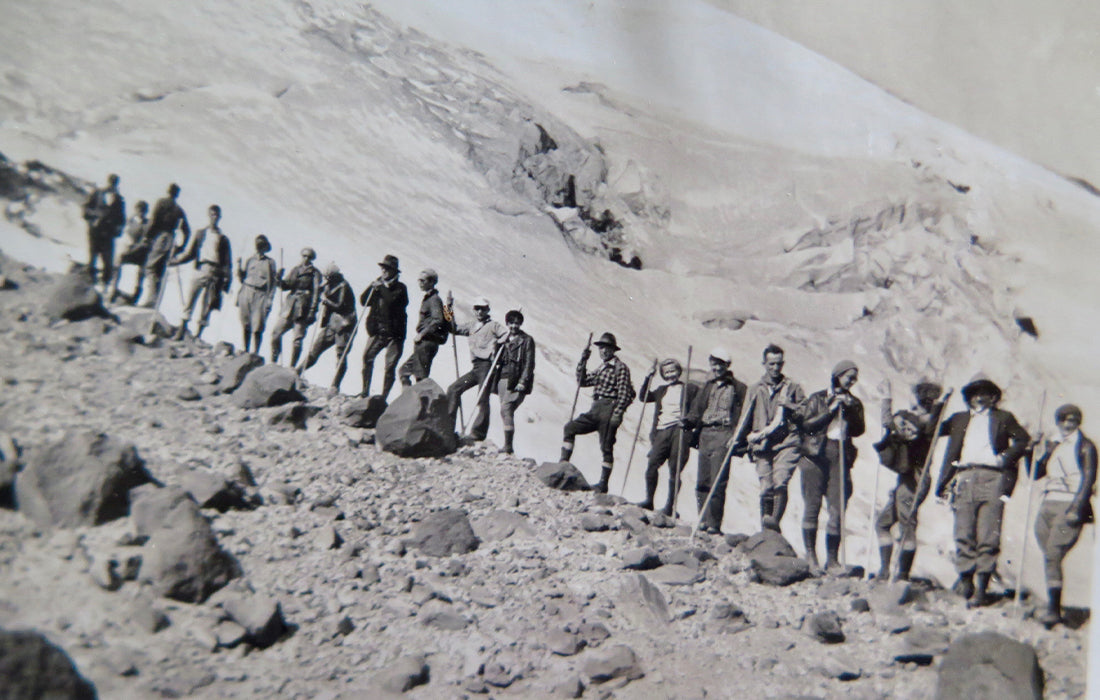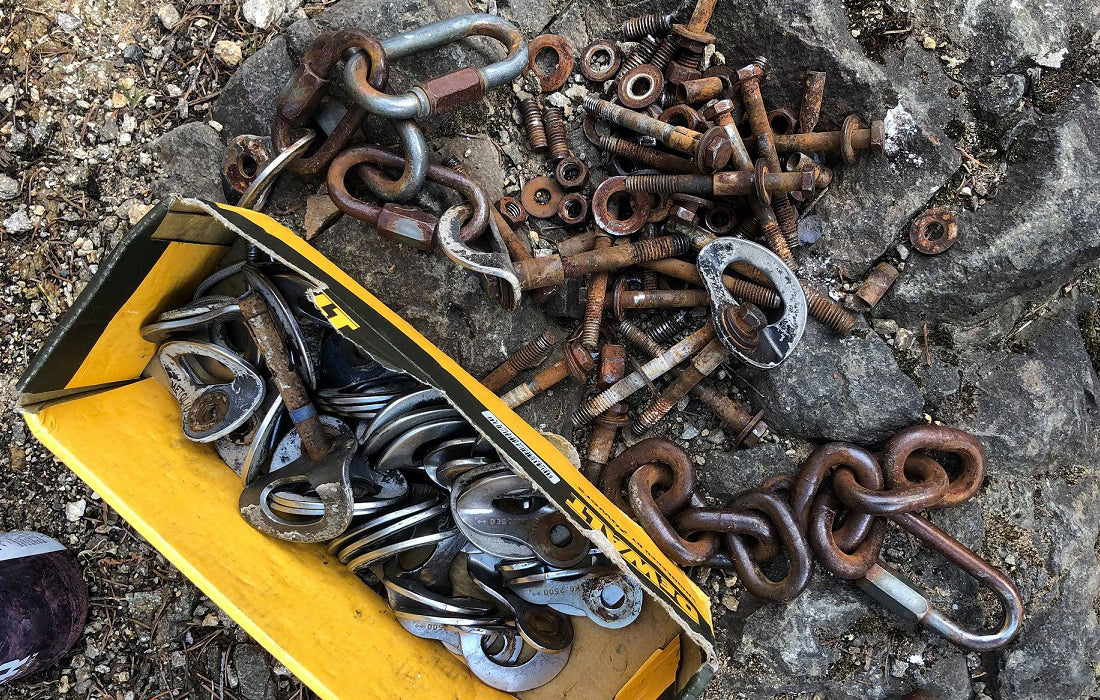Hikers at Mosier Plateau shot by Aimee Wade
Friends of the Columbia Gorge is a conservation non-profit dedicated to protecting the scenic, natural, cultural, and recreational resources of the Columbia River Gorge. Their work encompasses advocating against irresponsible development, acquiring and protecting scenic and sensitive land in a land trust, fostering a larger culture of Gorge stewardship, and more.
I was able to conduct a virtual interview with Burt Edwards, the communications director for Friends of the Columbia Gorge to learn more about the organization.
What is your current position at Friends of the Columbia Gorge? How did you get involved with Friends and why?
I'm the communications director and manage Friends' Public Engagement team. I first learned of Friends through a friend who's active with the Nonprofit Technology Network (also based in Portland) which had shared Friends search for an inaugural communications director. At the time, I was living and working in the Washington DC area, but looking for a chance to return to the Pacific Northwest.
Friends' work to expose students of Portland's St. Andrews Nativity School to the wonders of the Gorge is what first caught my eye. But as I learned more, I became impressed with the overall approach and scope of Friends' conservation work. The combination of advocacy, public education, and hands-on land conservation through its land trust is a unique combination.
The Gorge is a truly remarkable place. From rainforests to dry grasslands, it has the highest concentration of waterfalls in North America. And like many Friends staffers and supporters, a family trip to the Gorge when I was younger had made a deep impression on me, and I just couldn't pass up the opportunity to help ensure the Gorge is protected for other families to enjoy in years to come.
What was the catalyst for the founding of Friends? Has the organization undergone major changes over its long history?
The threat of development to the Columbia Gorge from the proposed I-205 bridge is what really brought Friends' founders together, with activists in Washington and Oregon alike, over 40 years ago. We led the fight to protect the Gorge by helping create the Columbia River Gorge National Scenic Area over 30 years ago. And we’ve been working ever since to safeguard the Gorge and make sure the natural wonders found today will be preserved for generations to come.
Friends' commitment to protecting, preserving, and stewarding the Gorge has been a constant over the past 40 years. Where you'd see changes and evolution is in the tools and resources Friends has been able to bring to that fight, so to speak. For example, the creation of our land trust in 2005 really served to institutionalize and expand a commitment to land conservation that had been part of Friends' DNA since the beginning.
Similarly, in recent years Friends has expanded its efforts to engage as broad and diverse a cross-section of the public as possible. But Friends has long had a core of grassroots driven advocacy to build upon. We're now focused on engaging those who may have been left out of the conversation in previous years and that could be transformational in the years ahead. A good look at how Friends has evolved over the past four decades can be found in a recent video we did for our 40th anniversary (see below).
What is the current mission of Friends and how does it achieve this mission?
Friends works to protect, preserve, and steward the Columbia Gorge for future generations. Ensuring the Gorge remains a vibrant, living place—wondrous, wild, and open to all—is at the core of what we do.
We are the only conservation organization entirely dedicated to safeguarding the Gorge’s scenic, natural, cultural, and recreational resources. For over four decades, we have successfully advocated to protect the Gorge from irresponsible development, purchased scenic and sensitive lands for long-term preservation, and worked with community partners to foster a larger culture of Gorge stewardship by connecting thousands of students and volunteers to the Gorge’s wonders.
But being an effective long-term advocate and steward of this amazing place means building bridges across different points of view. It also requires bringing together a broad and diverse coalition of people who share a common love for the Gorge and want to see it responsibly stewarded and protected.
Are there any examples of projects or initiatives you can point to that really highlight what Friends does? Alternatively, what are two (or more) recent successes?
Last year was a whirlwind, in more ways than one. But two recent successes that really jump out are:
- Friends' successful efforts to urge the Columbia River Gorge Commission to update key provisions of the plan that governs management of the Columbia River Gorge National Scenic Area; and
- Friends' transfer of a key parcel of land acquired by our land trust to allow the start of restoration efforts at the Steigerwald Lake National Wildlife refuge.
In both cases efforts continued, despite the challenges of the global pandemic. And in both cases, work with community partners, at a time when resources and times was challenged for all, enabled us to get the job done.
With our management plan advocacy campaign we were are able to work with and rally hundreds of community activists to virtually testify and comment on the first update to the management plan in decades—resulting in addition of the first ever language on climate change in the plan. Similarly, our land trust team was able to work with the U.S. Fish and Wildlife Service and community partners, such as the Lower Columbia Estuary Partnership, to make sure the transfer of our 175-acre riverfront parcel went through and restoration activities could begin.
How many properties are owned by the Land Trust? Which properties are open for recreation?
For millennia, communities living around the Columbia Gorge have served as active stewards of its unique landscape. Based out of Hood River, Friends of the Columbia Gorge Land Trust works to preserve scenic Gorge landscapes, safeguard sensitive habitats, steward vital Gorge lands, provide public hiking trails, and strengthen Gorge community connections through the creation of a new 200-mile loop trail network that enhances Gorge recreation and local economic opportunities.
We have helped permanently protect nearly 1,600 acres of land in the Gorge. We’ve helped steward Gorge lands and have organized hundreds of work parties across the Gorge to remove invasive species and replant native vegetation in concert with state and federal land managers. And we’ve helped bring together over 100 community partners to collectively promote sustainable Gorge recreation opportunities through our efforts in support of the Gorge Towns to Trails initiative.
Currently we have two preserves that are open to the public, Mosier Plateau on the Oregon side and the Lyle Cherry Orchard in Washington. Friends also made key purchases that helped in the creation of the Cape Horn trail system and in the ongoing restoration of the Steigerwald Lake refuge. Friends is also working with the Coalition of Oregon Land Trusts, who has developed a map of places across Oregon protected by the work of member organizations (including Friends) available at https://oregonlandtrusts.org/theoregoniam/.
Are there any big plans for Friends the next few years? What are some long term goals?
A couple of years ago, no one would have predicted the world we live in now. In a recent blog our Executive Director Kevin Gorman took a stab and found a couple of priorities that are likely to be key at Friends over the next couple of years:
- More conservation to come: More than 50 percent of the trails in the Gorge today owe their existence to the Land and Water Conservation Funds. In 2021 and beyond, we expect more opportunities for public land acquisition to preserve scenic views, mitigate climate impacts, protect habitat, and support more trails and parks. This also could include opportunities to further Friends work on the Gorge Towns to Trails, an effort to create a 200-mile loop trail around the Gorge tying into local trails and communities.
- In the weeds with climate: In late 2020, the Columbia River Gorge Commission drew a line in the sand with its decision to create a climate plan to mitigate climate impacts in the Gorge. In the coming year, the details will get filled in. The decisions made and policies created now could limit climate impacts for decades ahead. Will the commission go bold or allow the status quo to keep marching along? That depends on all of us, but the window of opportunity is open.
- Expanding access and equity: While Friends has been undergoing introspection around diversity, equity, and inclusion issues, expect some of that introspection to roll into actions in the coming year. We’ve posted bilingual signage on land trust preserves and will be reimagining our outdoor programs to better support underrepresented communities. We also expect to announce plans to create new levels of accessibility for one of the Gorge’s most iconic sites.
How can people support Friends? Are there upcoming volunteer events that people should be aware of?
One of the best ways to support Friends is to join us as a member. Our members are essential in our work and their energy, enthusiasm, and passion for the Gorge is truly remarkable.
Like many organizations, as we work through the twists and turns of the COVID-19 pandemic we've had to change or pause a majority of our public, in-person programming and opportunities. But we've worked on ways to bring the Gorge and discussions on key Gorge conservation issues to the public and members safely in their homes via webinars and other tools.
All events, virtual or other, can be found on our event calendar. Subscribing to our monthly e-News will not only keep you up to date about Friends' efforts but ensure you get an invite to any of our webinars, and when safe, public events. Another good place to keep up is to follow us on social media. We're active on Facebook, Twitter, and Instagram and invite all to join the conversation there.
We look forward to the day we can get back to more ambitious field programming, but we're also committed to doing events in a way that's safe and responsible.



